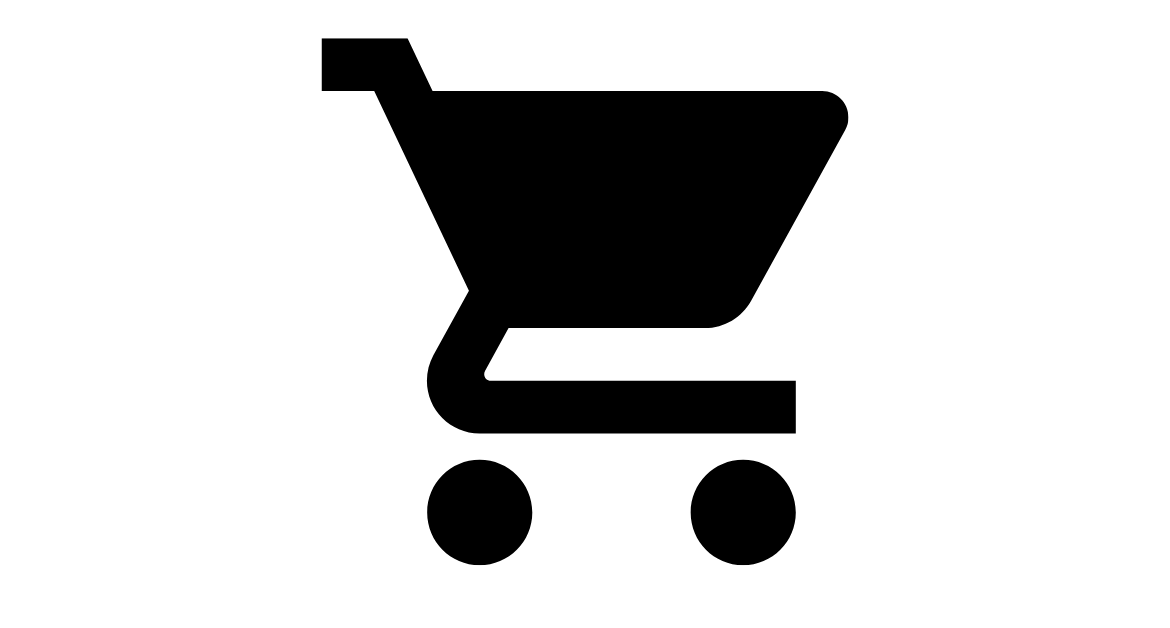
Have you ever been shopping and had to carry around all of the items you want to purchase before checking out? It can be inconvenient to lug everything with you, especially if you still need to browse other sections of the store. Enter Pick to Cart — it aims to solve this common shopping hassle.
How Pick to Cart Aims to Upgrade the Shopping Experience
The Pick to Cart model allows shoppers to select items they are interested in without having to immediately put them in their cart or carry them around the store. Instead, you can simply scan a barcode or tap an RFID tag on the product to show intent to purchase. This often utilizes Bluetooth technology and either a mobile app or handheld in-store device provided upon entry.
Once an item is picked or flagged in the system, it is set aside for you to collect all at once when you complete shopping and check out. Some versions involve having store attendants bring all your selected items to a designated pickup counter. Others provide lockers or segmented shelving where your intended purchases accumulate until you finalize the order yourself.
This means you no longer have to lug around a heavy basket or cart as you’re perusing store aisles. It also allows for a more seamless browsing experience. You can focus purely on assessing products rather than on where to stash all your items.
Read: Insider’s Guide to Types of Shipping Surcharges
Key Benefits Pick to Cart Provides Shoppers
Pick to Cart improves convenience and efficiency for customers in several ways:
Freedom to Explore Unencumbered
Since selected items are stowed out of sight for you, your hands remain free while shopping so you can more comfortably navigate the store. No need to worry about where to put bulky items or how many purchases you can reasonably carry. This also makes it easier to compare products hands-on, which can be important for assessing quality.
Reduced Risk of Forgotten Items
Ever walk away and forget items sitting in your physical cart? With Pick to Cart, that can’t happen since intended purchases are kept separate for you until checkout. No more retracing steps if you accidentally leave something behind.
Alleviates Decision Fatigue
Having to carry all the items you’re considering forces you to limit selections. But decision fatigue can set in well before your arms reach capacity. With this system, you can pick as much as you want and then edit down your haul when ready to pay. This prevents you from second-guessing items put back just because you had nowhere to place them.
Smoother, Quicker Checkout Process
When items are already scanned to your order, the final checkout step becomes quicker and more streamlined. No need to unload everything onto a counter. For retailers, this also means faster transactions and the ability to have fewer open registers.
Encourages Exploratory Shopping
Being unburdened makes it simpler to pick up and directly compare similar products by their feel, ingredients, or other attributes important to your purchase decision. Removing the hassle of carting items empowers more expansive browsing which can lead to better purchase decisions.
Enhances Budgeting
With all items stored out of sight, it becomes easier to avoid impulse purchases and stick to intended needs. The checkout phase also provides a natural break point to reassess if that shiny new gadget actually fits your budget or not.
So in many respects, Pick to Cart removes frustrations and stresses from the traditional retail shopping experience. When executed well, it becomes easy and even fun to browse physical stores unencumbered.
Hurdles and Challenges Facing Mainstream Adoption
While this shopping innovation shows much promise in improving brick-and-mortar retail engagement, successfully implementing Pick to Cart comes with some notable hurdles.
Requires Large Upfront Investments
For this system to work well, all products need RFID tags or QR codes, and customers need a device to easily scan items for selection. This represents a major initial investment for retailers involving equipment costs, tagging merchandise, developing mobile apps, and more.
Privacy Concerns Could Emerge
Shoppers may express concerns about stores tracking them and their intended purchases via scans. Retailers need to be extremely transparent regarding the use of data collected and provide opt-out options for those hesitant to participate.
Reduces Spontaneous Joy Elements
Wandering store aisles often leads to impulse purchases and serendipitous discoveries that provide unexpected shopping joy. With items pre-selected, some of this sensory delight inherently gets removed from the experience.
Overspending Risks
While budgeting can improve, some shoppers may get carried away pulling more items into their digital cart than planned. Retailers will need to find the right balance between making selection frictionless without completely removing barriers to overconsumption.
Added Burdens on Staff
Employees may need to take on additional tasks related to sorting selected items and delivering orders to customers upon checkout. Retailers will need to assess impacts on associate morale, workload, and staffing requirements.
Space Constraints In Smaller Stores
Larger big box stores likely have ample room to stage customer orders for easy pickup. But space-constrained locations may lack sufficient storage areas and infrastructure.
Requires Shopper Adoption Too
Even with full investment by retailers, shoppers will also need to embrace this emerging model, downloading required apps and learning new behaviors. Historically consumers move slow to change so merchant patience will be key.
While the benefits are clear for resolving customer frustrations, these hurdles help explain why Pick to Cart remains limited rather than mainstream so far. Retailers considering implementing will need to weigh if the risks and challenges can be overcome in their unique environment.
You may like: Understanding Work Culture in Dubai
Factors for Successful Pick-to-Cart Execution
Given the substantial upfront and ongoing costs associated with enabling this system, merely deploying the technical infrastructure will not guarantee positive results. Careful planning around operational execution and customer experience is critical for driving adoption.
Marketing Should Emphasize Convenience Factors
Rather than focusing advertising efforts solely on how the technology works, retailers will need to convey the tangible benefits of easier browsing and checkout. This is what will compel shoppers to engage.
Staff Training Critical for Seamless Experience
Employees will require extensive guidance on facilitating all components from distributing handhelds to properly sorting selected merchandise to stage for customer pickup. Well-informed associates set the foundation.
Leverage Existing Mobile Apps vs. Separate Ones
Where possible, building on current branded apps that customers already have downloaded simplifies adoption rather than introducing entire new apps they must install. This removes friction.
Start Small for Focused Testing Opportunity
Trying to enable Pick to Cart across all departments at once introduces unnecessary risk and complexity. Taking a phased approach focused first on a couple of sections allows for testing, learning, and iteration before scaling more broadly.
While this emerging retail innovation shows promise in making in-store shopping more pleasurable, there are complexities facing mainstream adoption. Retailers must view implementation as a change management process rather than purely a technology rollout. When executed thoughtfully with the customer experience at the core, Pick to Cart delivers the convenience that brick-and-mortar stores need to better compete in an increasingly digital commerce world.

 800-13-7356
800-13-7356
